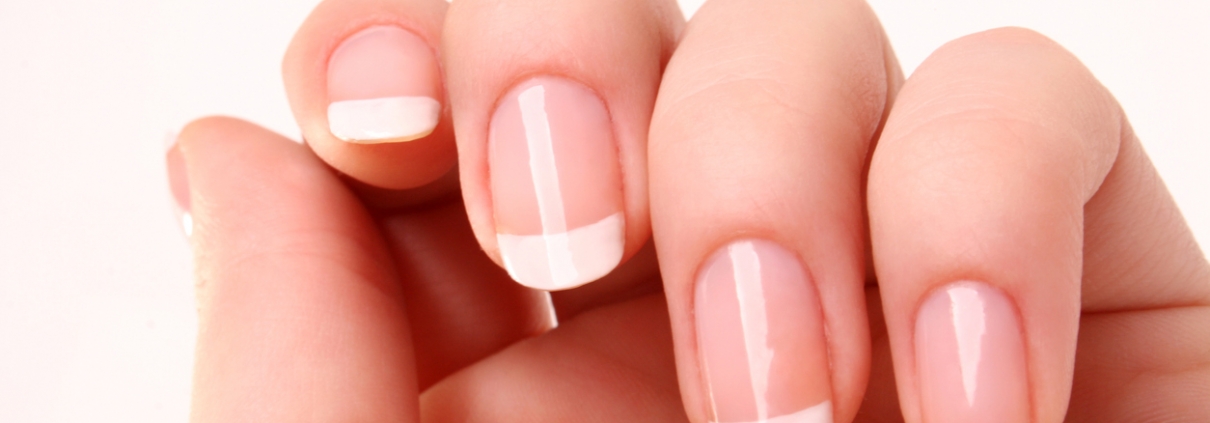Tips for Strong and Beautiful Nail
Healthy, well-maintained nails are more than just a fashion statement; they are an essential part of our overall well-being. Your nails are like a mirror reflecting your inner health. Weak, brittle, or discolored nails can be indicative of underlying health issues, while strong, vibrant nails are a sign of good nutrition and self-care. In this article, we will explore the anatomy of nails, common nail problems, and practical tips to maintain healthy and beautiful nails.
Understanding Nail Anatomy
Before diving into the tips for nail health, let’s understand the basic anatomy of your nails. Nails are composed of a protein called keratin, just like your hair. Each nail consists of several parts:
Nail Plate:
This is the hard, visible part of the nail that covers the nail bed.
Nail Bed:
The nail bed is the skin beneath the nail plate.
Cuticle:
The cuticle is a thin layer of skin at the base of the nail that protects new nail growth.
Lunula:
The lunula is the white, crescent-shaped area at the base of the nail.
Matrix:
The matrix is the area beneath the cuticle where nail growth originates.
Common Nail Problems
Before we discuss how to maintain healthy nails, it’s essential to recognize some common nail problems that people face:
Brittle Nails:
Brittle nails are prone to breaking, chipping, and peeling. This issue can result from a lack of moisture or exposure to harsh chemicals.
Yellowing or Discoloration:
Nails can turn yellow due to fungal infections, smoking, or excessive use of nail polish.
Ingrown Nails:
Ingrown nails occur when the edge of the nail grows into the surrounding skin, causing pain and infection.
White Spots:
These small white spots are often caused by minor injuries to the nail, fungal infections, or nutrient deficiencies.
Nail Fungus:
Fungal infections can cause discoloration, thickening, and brittleness of the nails.
Now that we understand the problems, let’s look at some tips to maintain and promote healthy nails.
Tips for Healthy Nails
Balanced Diet:
Nails, like the rest of your body, benefit from a balanced diet rich in vitamins, minerals, and protein. Ensure you’re getting enough biotin, zinc, and iron, as deficiencies can lead to nail problems.
Hydration:
Proper hydration is essential for healthy nails. Drink plenty of water to keep your nails and cuticles well-moisturized.
Nail-Friendly Foods:
Incorporate foods like eggs, fish, lean meats, and leafy greens into your diet. These are rich in essential nutrients for nail health.
Gentle Nail Care:
Be gentle when trimming and filing your nails. Use a good-quality, sharp nail file, and avoid overdoing it to prevent damage.
Nail Polish:
If you’re a fan of nail polish, choose high-quality, formaldehyde-free products. Give your nails time to breathe in between polish applications.
Moisturize and Protect:
Apply a moisturizing cream to your nails and cuticles regularly. Protect your nails from harsh chemicals by wearing gloves when doing housework or washing dishes.
Avoid Biting and Picking:
Avoid the bad habit of biting or picking at your nails and cuticles, as it can lead to infections and damage.
Regular Trims:
Keep your nails at a moderate length to prevent them from breaking or getting caught on things.
Maintain Good Hygiene:
Keep your nails clean and dry to prevent fungal infections. Trim and clean them regularly.
Wear Proper Footwear:
When it comes to toenail health, wear comfortable shoes that allow space for your toes, reducing the risk of ingrown toenails.
Maintaining healthy nails isn’t just about aesthetics; it’s an essential aspect of overall well-being. Your nails can reveal a lot about your health, so taking proper care of them is important. By following a balanced diet, practicing good hygiene, and avoiding damaging habits, you can have strong, beautiful nails that are a testament to your overall health and self-care. Remember, healthy nails are a reflection of a healthy you.





